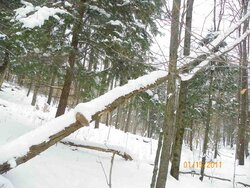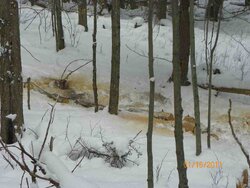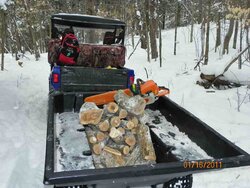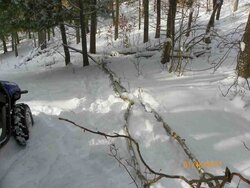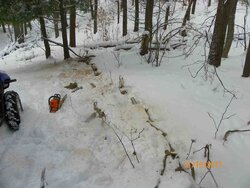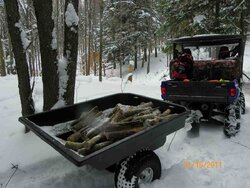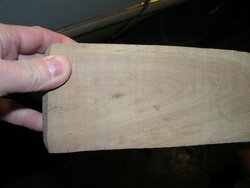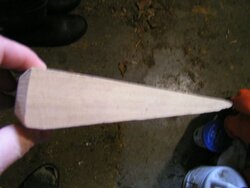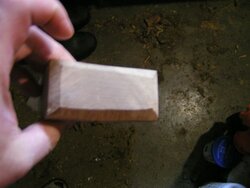With some ice forecast for Tuesday we pushed in another two loads of sugar maple then I went back in looking for some dead standing or downed ironwood.
Picture 100_2472 is the ironwood leaner taken yesterday,2483 is after bucking it up,2484 is the good wood,2489 is the second small ironwood,2490 was taken after bucking it up and 2491 is the ironwood I hauled out and dropped off at my neighbors house.
zap
Picture 100_2472 is the ironwood leaner taken yesterday,2483 is after bucking it up,2484 is the good wood,2489 is the second small ironwood,2490 was taken after bucking it up and 2491 is the ironwood I hauled out and dropped off at my neighbors house.
zap


